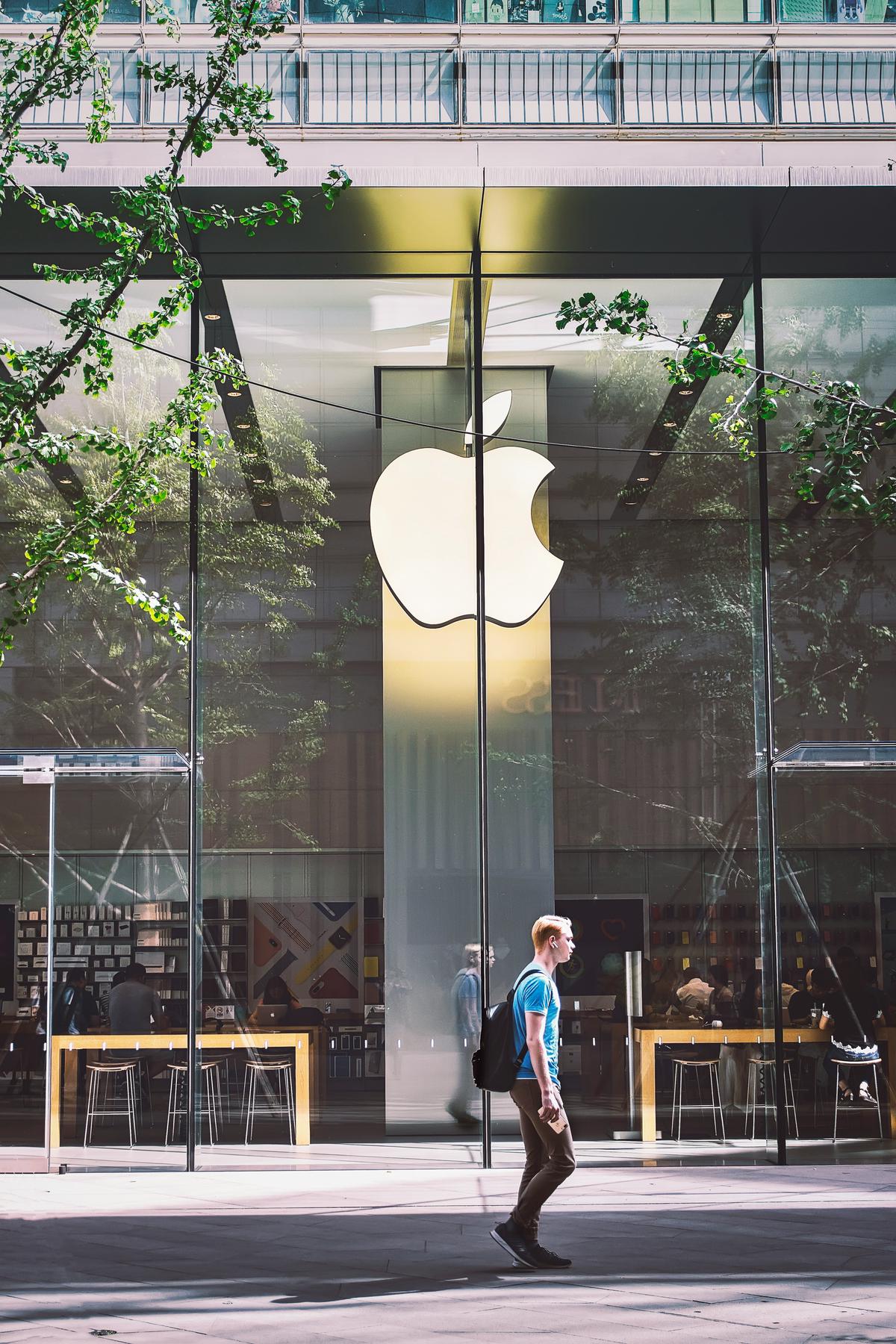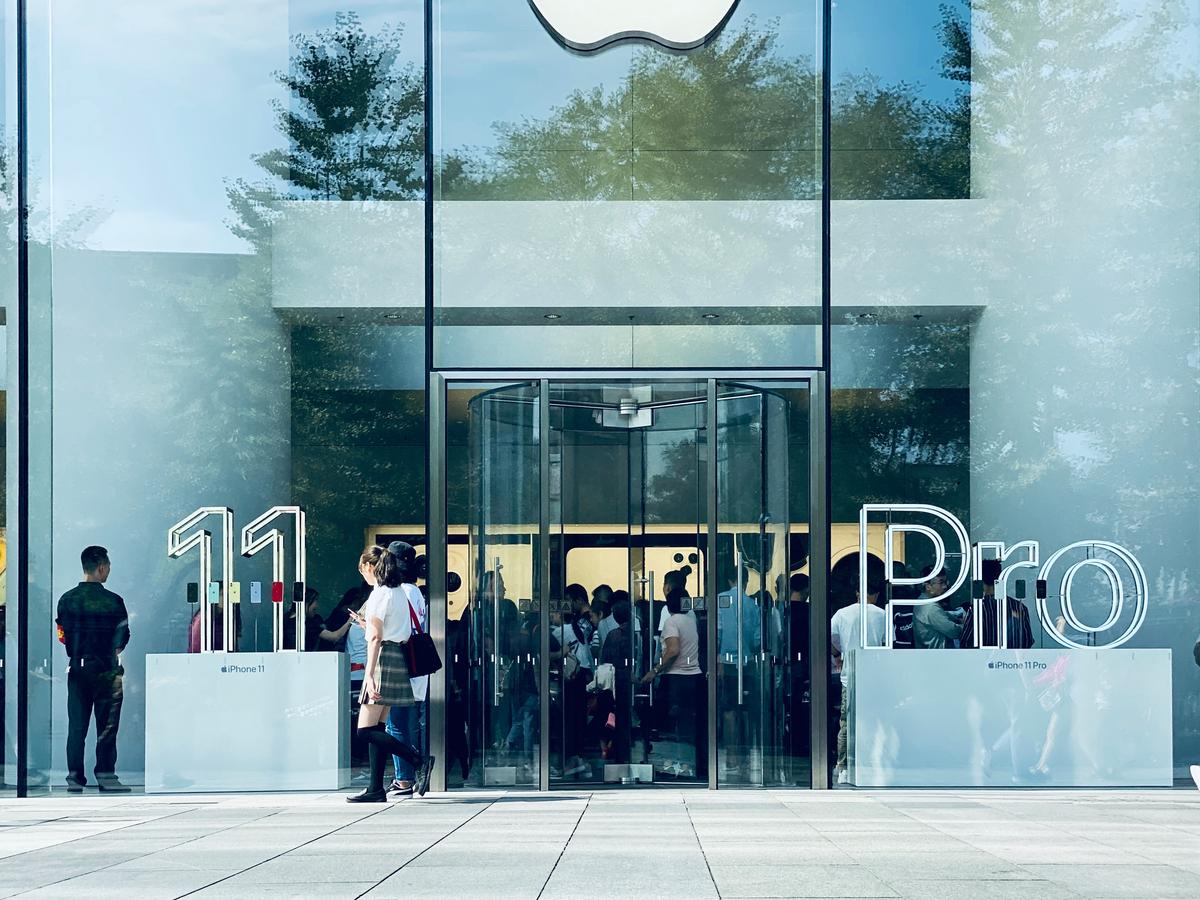Apple's market strategies are a masterclass in precision and finesse. By segmenting its audience into distinct categories, targeting specific consumer groups, and positioning itself as a premium brand, Apple has crafted an ecosystem that keeps customers coming back for more.
Market Segmentation
Apple excels at dividing its market into neat segments. Geographically, Apple's reach spans the globe, with more than 500 retail stores in 25 countries. This approach helps Apple cater to regional preferences, with products available both in-store and online.
Demographically, Apple's target audience usually ranges between 18 to 45 years old. It's a mix of professionals, tech enthusiasts, and young adults eager to show off their new iPhone. Apple covers both men and women, but there's a notable lean towards women, especially considering the iPhone's popularity among American teens. Apple also tends to target high earners, those willing to pay for quality and innovation.
Psychographically, Apple users are often seen as modern-day adventurers, ambitious and driven. They aren't just buying tech; they're buying into a lifestyle. These customers enjoy the finer things in life and can afford to do so.
Behaviorally, Apple plays the loyalty card expertly. Most iPhone users stick with the brand, upgrading to the latest model like clockwork. These repeat customers appreciate Apple's high service speed, advanced features, and the feeling of achievement and belonging that comes with every new gadget.

Targeting Strategy
Apple's targeting strategy zeroes in on specific market segments with an uncanny knack for hitting the bullseye. Let's examine how Apple carefully carves out its niche, focusing on:
- Affluent consumers: See Apple products as status symbols. It's not just a phone; it's a statement.
- Business professionals: Rely on Apple for reliable, powerful devices to manage their hectic work lives.
- Education sector: Apple has embedded itself into classrooms with products like the iPad and MacBook, offering special educational functionalities and discounted rates.
- Tech-savvy youth: Hooked with regular product updates and new gadget releases, often lining up for the latest innovation.
The MacBook Pro and iPhone have become indispensable tools for executives and managers who need to transition from boardroom presentations to on-the-go work effortlessly. Meanwhile, iPhones, with their intuitive interfaces and cutting-edge features, are particularly popular among teenagers and young adults.

Photo by zhangkaiyv on Unsplash
Positioning Strategy
Apple's positioning strategy is a masterstroke in branding, where the company has carved out a niche as both a premium and innovative brand. This nuanced positioning is deeply embedded in every aspect of Apple's business model, from product design to customer service.
"Design is not just what it looks like and feels like. Design is how it works." – Steve Jobs
Apple's design philosophy revolves around simplicity and elegance. Think of the thin, light MacBook Air or the all-screen design of the latest iPhones. The company's aesthetic consistency creates a sense of cohesion and sophistication that appeals to its target market.
Innovation is the lifeblood of the brand. It's why every year, throngs of people wait with bated breath for the next keynote speech, eager to see what groundbreaking features Apple will unveil. Remember Face ID? What about the M1 chip in MacBooks? These aren't just upgrades; they're leaps forward.
Customer satisfaction is an obsession for Apple. From the personalized shopping experience at Apple Stores to the top-notch customer support at the Genius Bar, Apple ensures its customers are not just satisfied but delighted. The seamless integration of hardware and software across all Apple devices creates a user ecosystem that is intuitive and smooth.
This unique positioning strategy has been so effective that owning an Apple product has become a statement of taste, affluence, and forward-thinking—an identity that many consumers are willing to pay a premium to be associated with.

Product and Pricing Strategy
Apple's product portfolio reads like a greatest hits album of the tech world. Picture the powerhouse lineup—iPhone, MacBook, iPad, Apple Watch, AirPods, and now even the futuristic Apple Vision Pro. Each product is carefully designed to not only meet but exceed consumer expectations.
Beyond the gadgets, there's the Apple ecosystem—services like iCloud, Apple Music, Apple TV+, and the App Store. This ecosystem creates a seamless experience across all devices, hooking users into a world where everything just works together beautifully.
Apple's strategic brilliance lies in its premium pricing model. Why pay $999 for an iPhone when there are cheaper alternatives? Because Apple has mastered the art of adding value through intangible qualities—things like cutting-edge technology, impeccable design, and a brand image that screams sophistication.
Every product launch is a well-orchestrated spectacle. Apple has maintained this tradition, creating an air of anticipation and excitement around every new release. This strategy keeps demand high and reinforces the premium nature of their products.
The consistency in Apple's product quality and service has built a trust so solid that customers are willing to pay more, knowing they're getting peak performance, durability, and the latest in tech trends. Apple's brand perception as a leader in innovation turns every product into a status symbol.
The strategy of tiered pricing within product categories, like offering an iPhone 14, 14 Pro, and 14 Pro Max, creates options that cater to different spending capacities while maintaining the allure of upward stretch. It's like having a luxury car brand offering trims from standard to deluxe—smart, right?

Distribution and Promotion Strategy
Apple's distribution strategy is a well-oiled machine, ensuring their gadgets and services are always within reach. They operate on a multichannel model that's both efficient and customer-friendly.
The Apple Store is the crown jewel of this strategy. It's more than a retail outlet; it's an experience. With its sleek design and helpful Geniuses, it turns shopping into an adventure. The online store complements this perfectly, offering the same seamless experience from the comfort of your home.
But Apple doesn't stop there. They've partnered with authorized resellers like Best Buy and Target, expanding their reach to different customer segments. Telecom providers also play a crucial role, often bundling iPhones with enticing mobile plans.
Global Presence
- Over 500 stores across 25 countries
- Mastered the art of being everywhere while still feeling local
- Each store reflects its region's flair
Promotion Strategies
- Social Media: Instagram, Twitter, and Facebook campaigns
- Celebrity Collaborations: Putting products in the hands of trendsetters
- Launch Events: Turning product announcements into global spectacles
- Traditional Advertising: Magazine ads, billboards, and event partnerships
Remember those hilarious "Get a Mac" commercials? They're just the tip of the iceberg. And let's not forget the jaw-dropping launch events. Remember when the iPhone was introduced in 2007? Mind-blowing!
"Apple's distribution and promotion strategies are a masterclass in capturing and keeping the world's attention. They've created more than just a brand; they've built a lifestyle that keeps us all wondering: what's next in tech?"
Apple's secret sauce? It's their knack for blending slick design with cutting-edge tech while keeping that air of exclusivity. This approach doesn't just boost sales; it creates a fan base that sees Apple products as status symbols. It's what makes Apple more than just a tech company – it's a cultural phenomenon!